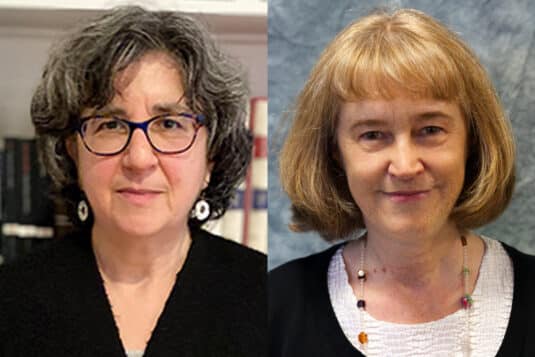This study tested self-directed tools for older adults with chronic conditions to identify healthcare priorities. Website engagement was low, but 26% completed an Epic previsit questionnaire. Most found it helpful, and physicians noted it facilitated end-of-life care discussions.
OurNotes
Patients Contributing to Visit Notes: Mixed Methods Evaluation of OurNotes
OurNotes interests patients, and providers experience it as a positive intervention. Participation by patients, care partners, clinicians, and electronic health record experts will facilitate further development.
Sharing Notes With Adolescents and Young Adults Admitted to an Inpatient Psychiatry Unit
Our data suggest that AYA patients with active behavioral health concerns understand and express general satisfaction with their medical documentation. Overall, reading medical documentation seemed to help a greater proportion of research participants as opposed to hindering or having no effect on inpatient counseling and therapy compliance. These are the first data to demonstrate medical note comprehension and satisfaction among AYA patients in vulnerable clinical settings.
Covid-19 as Innovation Accelerator: Cogenerating Telemedicine Visit Notes with Patients
Over the past decade, Beth Israel Deaconess Medical Center has been committed to sharing clinical notes with its patients. Now, as the Covid-19 pandemic is accelerating the adoption of telemedicine, the hospital’s primary care practice is implementing an initiative called OurNotes. In addition to inviting patients to review notes before and after a visit, this effort also engages patients before the telemedicine visit by soliciting important prework information through an electronic form, and by enabling coproduction of the visit note.
Ready or Not, We Live in an Age of Health Information Transparency
A new study from the OpenNotes project (1) suggests that giving patients access to their physicians’ visit notes may improve their understanding of and comfort with their medications, as well as adherence to medication regimens.
Patients Contributing to Their Doctors’ Notes: Insights From Expert Interviews
Background: In a rapidly expanding practice directed toward improved communication, patient engagement, and patient safety, clinicians are increasingly inviting patients to read office visit notes on secure electronic portals. Reports from doctors and patients participating in a pilot study are strongly positive (1). However, although patient-reported outcomes indicate that reading notes is valuable, it is primarily a passive activity. As a next step, inviting patients and their families to contribute to their notes may further patient engagement and offload work from beleaguered doctors.
Objective: To solicit ideas from experts about the concept of OurNotes, an intervention in which patients and families co-produce medical notes with clinicians.
Patients Typing Their Own Visit Agendas Into an Electronic Medical Record: Pilot in a Safety-Net Clinic
Collaborative agenda setting is a communication skill that helps patients identify concerns early in the clinic visit, possibly diminishing the number of “Oh, by the way” items at the end of visits, and increasing patient satisfaction. Agenda setting, however, is often limited by time constraints.
Electronic medical records (EMRs) offer patients access to their medical data, including doctors’ notes, and have the capability to facilitate increased patient involvement in their health care and also contribute to their health data. OpenNotes is a national initiative, not a software program, that invites patients to review their visit notes written by their doctors, nurses, or other clinicians. Existing OpenNotes research shows enthusiasm among both patients and clinicians, but this is the first Open-Notes study of cogeneration of clinic notes.
Soliciting patient feedback on visit notes: An educational opportunity
Patient and family engagement is gaining attention as a priority in patient care1 and medical education.2 OpenNotes, an innovation that invites patients to read their visit notes through a secure online portal, has demonstrated several health benefits.3 Over five million U.S. patients have online access to their notes today; shared visit notes may not only engage patients in care but also open the door to new educational innovations.
Intrigued by the idea of patient/family feedback on visit notes, our research team asked residents and their supervisors whether such feedback would be helpful.4 In surveys and focus groups, many agreed it would be.




